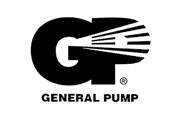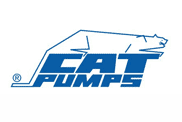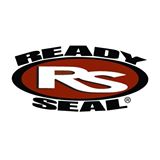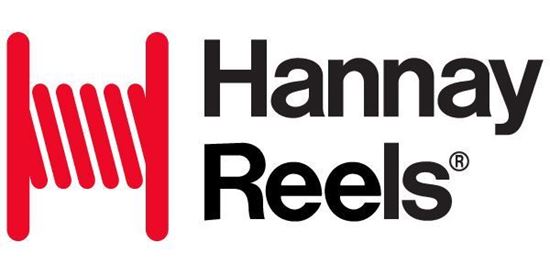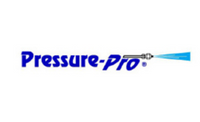Be Careful Working Outside this Summer
This time of year is what we often call the “dog days” of summer, many parts of the country have been sweltering under conditions of oppressive heat and high humidity. But suffering from extreme heat can be preventable.
Summer heat is also an added hazard to your job. Water is the largest component of the human body, making up 50 to 70% of the body’s weight, and as the temperatures climb so does your body’s need to replenish that water.
6-8 eight-ounce glasses of water a day is what the normal person needs for their body to function properly, but you need even more when you have added factors like heat and exertion that are causing you to lose extra water, through perspiration.
You should always drink an extra glass of water before starting any physical activity, inside or out. This will help keep your heart rate and body temperature lower. Water should continue to be consumed at a higher-than-normal rate if your physical activity continues for more than 30 minutes, especially in high temperatures and humidity.
Two main functions of water in the body are temperature regulation and the removal of waste products. If you do not need to urinate more often, even though you think you are drinking enough water, then you probably are not and may risk becoming overheated and experiencing heat stroke or heat exhaustion. A list to recognize the difference will be given a little later on.
Guidelines for maintaining proper hydration during work and exercise in hot weather
- Weigh yourself without clothes before and after a normal day’s work, especially during hot weather. For each pound of body weight lost you should drink two cups of fluid. This should give you an idea of what you have been missing, so you can make changes to your routine.
- Drink a rehydration beverage containing sodium to quickly replenish lost body fluids. The beverage should also contain 6-8 percent glucose of sucrose (carbohydrate). But do not replace all normal water consumption with these. Do not drink sodas or coffee as beverages with lots of sugar or caffeine dehydrate you.
- Drink 2.5 cups of water 2 hours before outside work or exercise.
- Drink 1.5 cups of water for 15 minutes just prior to working or working out.
- Drink at least one cup of fluid (water or drink beverage) every 15 to 20 minutes during working or physical activity.
- Weigh yourself every night to see how you are doing and replenish, with water, the amount you need to get back in balance. See #1.
As the weather gets hotter your body loses more water. You should drink additional amounts per hour as the temperatures rise to compensate for this loss.
Drink water even if you do not feel thirsty; by the time you do feel thirsty your body could lose between 2 to 5 cups of water, even more when outdoors. When you are dehydrated your attention and concentration can decrease by 13% and short-term memory by 7%. Dehydration can increase accidents!
How to tell the difference between Heat Stroke and Heat Exhaustion
While heat exhaustion is an overheating of the body, heat stroke is a severe condition that can result in bodily harm.
It is heat exhaustion if a person shows a marked improvement after drinking small amounts of plain water and being placed in the shade, heat stroke victims may not.
Heat stroke comes on faster than heat exhaustion with symptoms such as dry mouth, gaunt or pasty appearance, vomiting, or lapse into unconsciousness.
Although heat exhaustion can exhibit a rise in body temperatures a temp over 103° is a heat stroke level.
A person with heat exhaustion may be perspiring while a heat stroke victim might be dry because their body’s ability to sweat has broken down and is not functioning properly.
A person with heat stroke may also be having mild hallucinations or show signs of mental incapacity prior to unconsciousness, such as not being able to follow simple directions or answer easy questions.
A person on a low sodium diet or they have lost large amounts of fluids containing salt, such as sweating, or is on certain medications is more likely to experience heat stroke vs. heat exhaustion and then giving these victims fluids containing electrolytes and sodium such as a sports drink will be of a higher benefit than that of just water.
How to help someone with heat exhaustion or heat stroke
- First, move the victim to a cool or shaded area and administer water.
- Loosen any constricting clothing or extra layers of clothing.
- Check the victim’s temperature if possible, and note if they are sweaty or dry.
- You can place cool towels or wet clothes on the head, chest, midsection, and arms to reduce body temp, but do not use ice.
- Ask the person simple questions and follow simple commands, such as what day it is, their children’s name, to touch their finger to their nose, or to count back from ten.
- If you suspect heat stroke call for help immediately, lie the person down with legs slightly raised, if conscious allow them to sit up to drink fluids, ideally a sports drink, every 5 – 10 minutes until help arrives.
Keep yourself safe when working in the heat and hope for a break in the temperatures.


